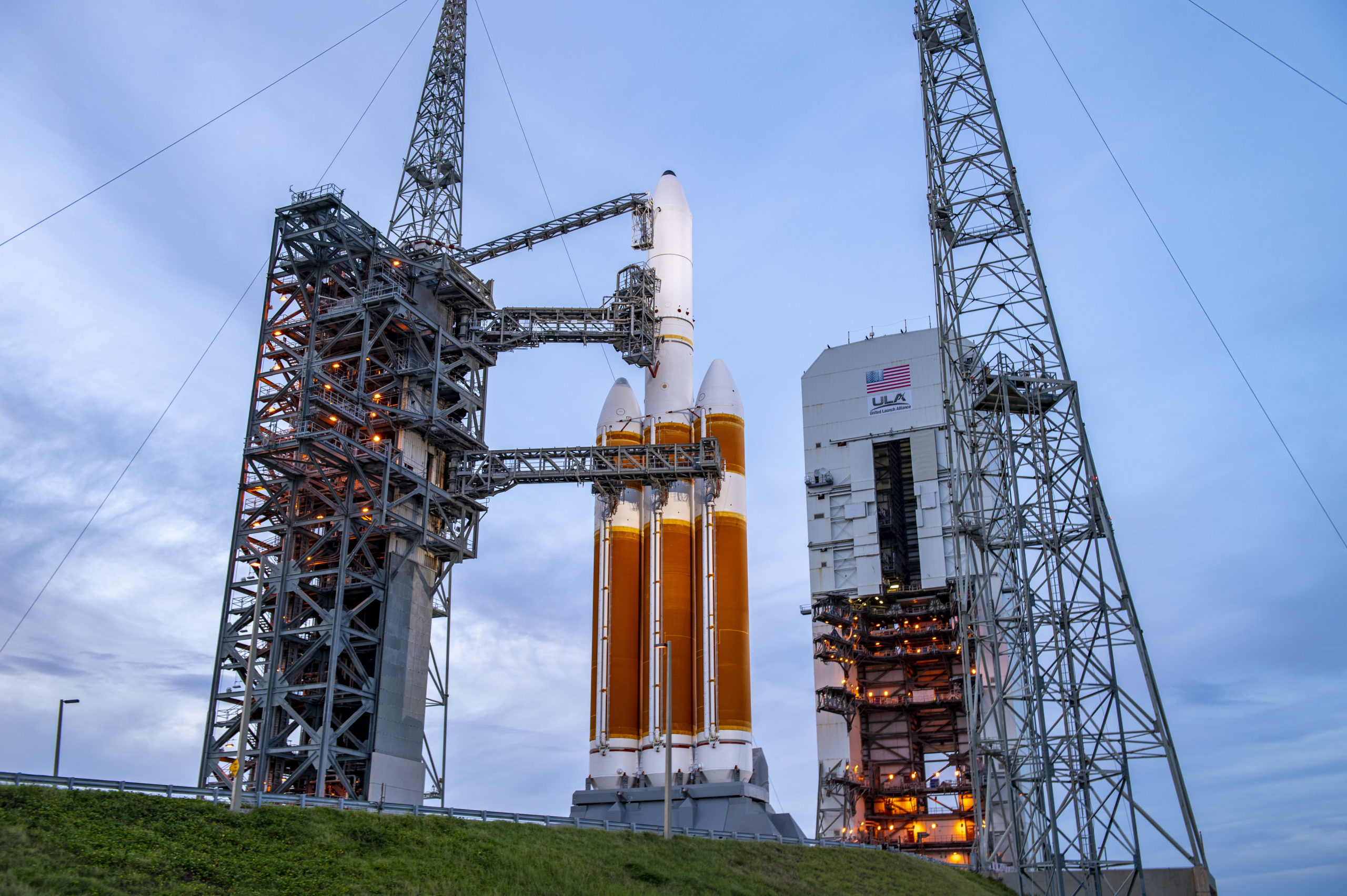
After a record-breaking ten months at the launch complex, a United Launch Alliance (ULA) Delta IV Heavy finally looks ready to go in the opening minutes of Saturday morning. Liftoff of the 235-foot-tall (72-meter) triple-barreled behemoth—laden with the highly secretive NROL-44 payload for the National Reconnaissance Office—is expected at 12:14 a.m. EDT from Space Launch Complex (SLC)-37B at Cape Canaveral Air Force Station, Fla., following multiple delays since June and August. According to the 45th Weather Squadron at Patrick Air Force Base, there exists a 70-percent probability of acceptable conditions for Saturday’s just-after-midnight ride to orbit, with a similar outlook anticipated in the event of a 24-hour scrub to Sunday.
“Beginning Friday, a surge of deep moisture will be drawn over the areas as the remnants of Tropical Storm Beta move into the Southeast U.S.,” noted the 45th in a weather briefing issued on Tuesday. Current plans call for the 300-foot-tall (100-meter) Mobile Service Tower (MST) to be rolled back on its rail-tracks from the giant rocket Friday afternoon, exposing it to the elements for the first time since its most recent launch attempt last month.
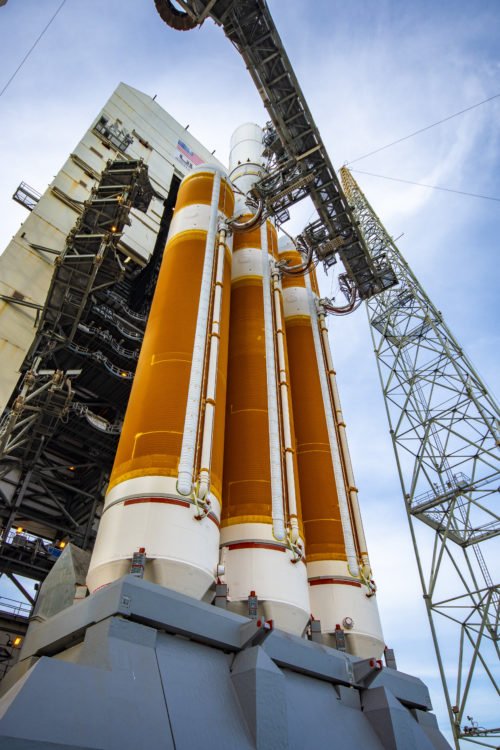
Moving at a glacial pace of a quarter-mile-per-hour (0.4 km/h), the MST should take a little under an hour before it halts and is declared “hard-down” in its launch position. ULA CEO Tory Bruno previously advised AmericaSpace that this comparatively late MST rollback—only a few short hours before liftoff—is being done to protect the Delta IV Heavy.
“For MST Roll Friday afternoon, scattered showers and isolated thunderstorms are forecast with surface winds out of the southeast between 10-15 knots,” the 45th continued in its Tuesday update. “While most of the precipitation is expected to diminish in the evening, isolated showers over the near-shore Atlantic waters and lingering cloud cover aloft will bring the chance of a Thick Cloud Layer and/or Cumulus Cloud Rule violation during the launch window early Saturday morning. A similar weather pattern is expected through the weekend, resulting in the same launch concerns in the event of a 24-hour delay.”
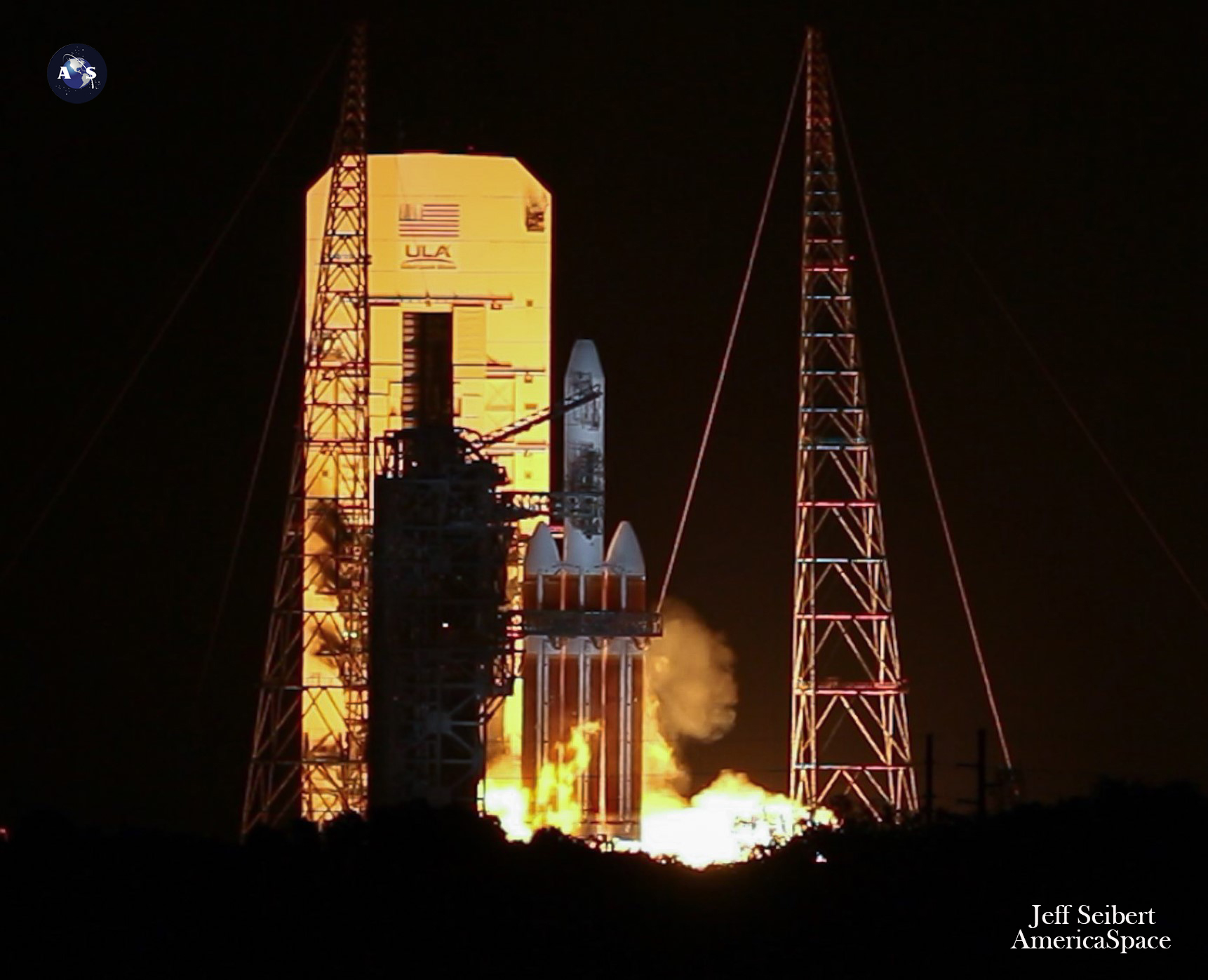
Preparations for this mission got underway last year and the Delta IV Heavy and its Delta Cryogenic Second Stage (DCSS), minus their large payload fairing, were rolled from the Horizontal Integration Facility (HIF) to the pad last 15 November atop a 36-wheel, diesel-powered transporter and raised vertical. After customary systems testing, on 10 January the vehicle was put through a Wet Dress Rehearsal (WDR), which is a key milestone to mitigate any issues ahead of launch day.
Typically performed prior to missions with narrow “launch windows”, or in the case of NRO missions at the direct request of the payload customer, the WDR involved loading the Delta IV Heavy’s three Common Booster Cores (CBCs) with 440,000 pounds (200,000 kg) of liquid oxygen and hydrogen propellants and counting down through the Terminal Count to a simulated cutoff point at T-10 seconds.
Originally scheduled to fly in June 2020, the mission was delayed until 26 August for reasons which remain unclear. A 24-hour postponement to the 27th was effected at the request of the customer, followed by an additional two days of delay in response to a ground pneumatics control system issue which required attention. Efforts to get NROL-44 off the ground on 29 August were initially threatened by a temperature issue with the rocket. But the launch attempt was automatically aborted by the Terminal Count Sequencer Rack (TCSR) at T-3 seconds, after the starboard-side CBC had roared to life, but conditions were not met for the start-up of the center core.
Initially rescheduled for No Earlier Than (NET) 18 September, the issue which prevented the 29 August launch was identified as a stuck pad-side regulator. “Found root cause of the pad-side stuck regulator,” Mr. Bruno tweeted earlier this month. “Torn diaphragm, which can occur over time. Verifying the conditions of the other two regs. We will replace or rebuild as needed, re-test and then resume towards launch.”
ULA ultimately elected to replace all three regulators—one per CBC—and Mr. Bruno confirmed earlier this week that the effort was complete, with extensive testing at NASA’s Stennis Space Center in Bay St Louis, Miss., despite the recent ravages of Tropical Storm Sally. “Regulators have been removed, refurbished, tested at @NASAStennis in and around Storm Sally,” Mr. Bruno tweeted. “Reinstalled at the Cape and tested. Looking good.”
Assuming an on-time launch in the opening minutes of Saturday morning, the gargantuan rocket will have resided at SLC-37B for no less than 317 days, longer than any other Delta IV Heavy. NROL-44 marks the 12th Delta IV Heavy mission since its inaugural test flight back in December 2004 and the first of five remaining flights before it is retired in the mid-2020s.
Until February 2018, the Heavy was the most powerful rocket in active operational service, anywhere in the world, and has delivered seven highly classified NROL payloads to orbit, the final Defense Support Program (DSP) early-warning satellite, NASA’s Parker Solar Probe and the first Orion deep-space vehicle on Exploration Flight Test (EFT)-1.
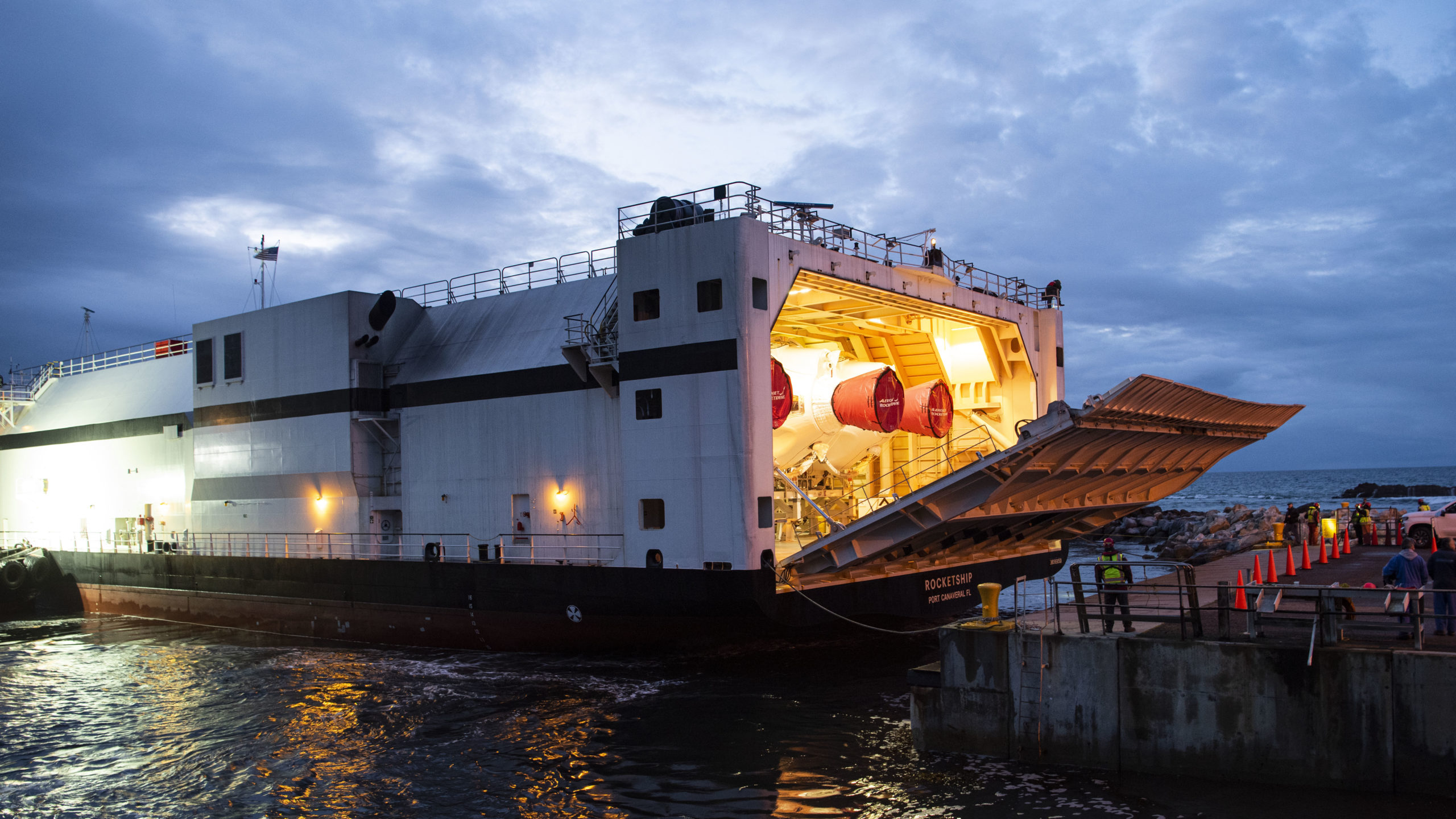
Following Saturday’s targeted launch, another Delta IV Heavy—currently deep into pre-flight processing at Space Launch Complex (SLC)-6 at Vandenberg Air Force Base, Calif.—is expected to fly later this year with the classified NROL-82. And three final missions will deliver a trio of other NRO payloads to orbit. Dates for those missions have not been determined.
“The team is currently working through the manufacturing and processing schedule for the remaining Delta IV Heavy vehicles,” ULA’s Heather McFarland recently told AmericaSpace. “We work with our customer to ensure the most optimal launch schedule for the missions.”




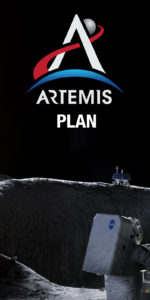
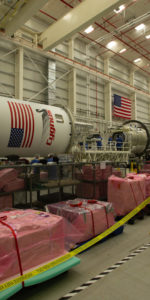
I know that they always change the launch date, but they have reasons for it. It is better to check everything one more time so that the Challenger disaster never happens again.